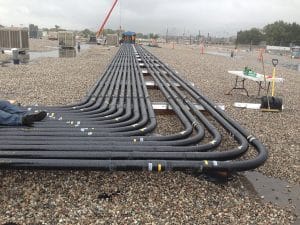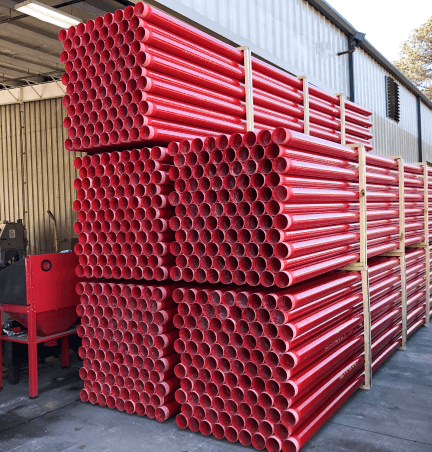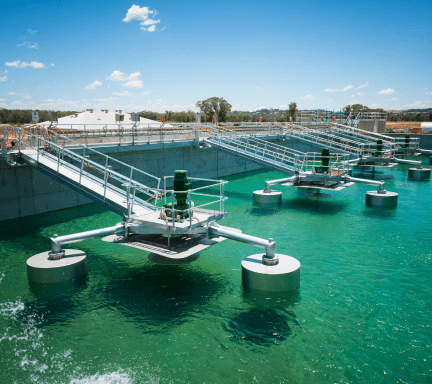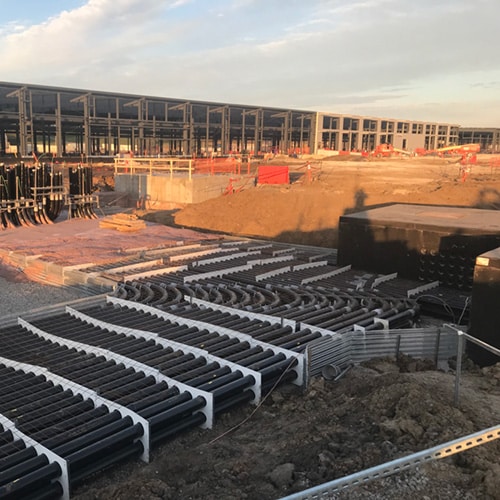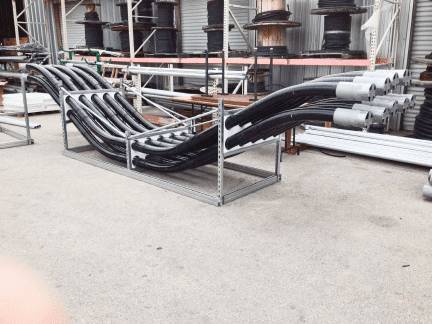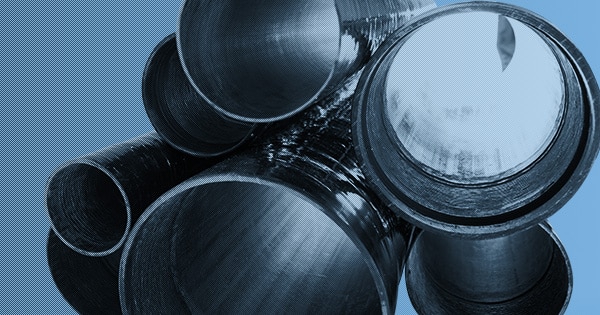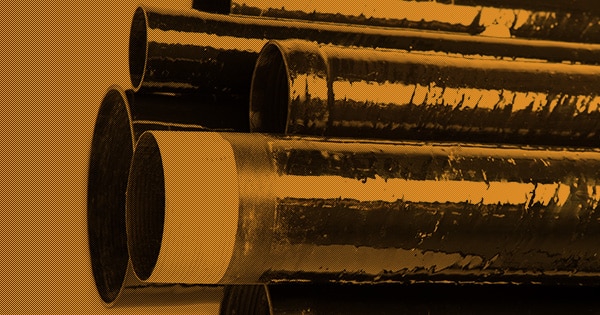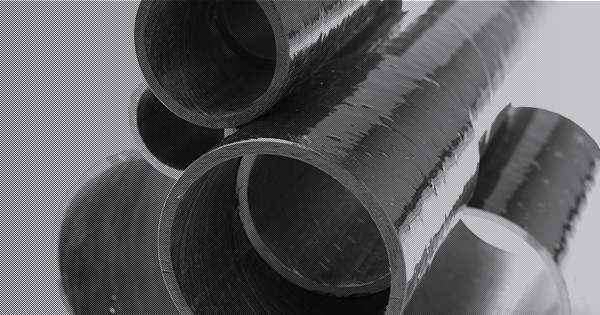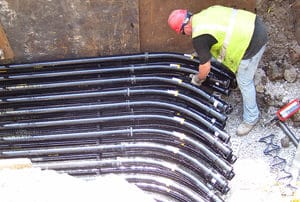
WHY CHAMPION FIBERGLASS RTRC?
Champion Fiberglass leads the RTRC category, offering leading-edge conduit solutions while continuing to innovate in the RTRC space. What sets Champion Fiberglass apart?
- Champion Fiberglass RTRC is produced in the world’s most advanced, 100%-digital fiberglass conduit manufacturing facility.
- Champion Fiberglass recently met both ISO 14001:2015 Environmental Management System and ISO 9001:2015 Quality Management System Standards.
- In 2016, Champion Fiberglass’s UL e-File number was updated to include extended support spacing distances for Haz Duct®. In 2017, Champion Duct® Standard Wall (SW), Medium Wall (UL designates Champion Fiberglass MW for 5″ and 6″ as SW) and Heavy Wall (HW) conduit approved for expanded support spacing distances.
WHAT IS CHAMPION FIBERGLASS RTRC?
A lightweight conduit product with built-in toughness.
RTRC, or fiberglass conduit is created by tension-winding strands of fiberglass over a rotating mandrel.
The strands are laid in a precise pattern, impregnated with resin as they are wound onto a straight mandrel. (This assures the installer easy use when doing field cuts.) They are then cured under high temperature, creating a conduit product that features high flexural strength and high temperature resistance.
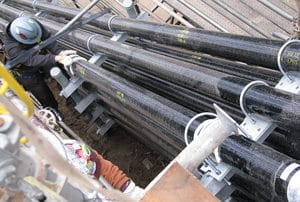
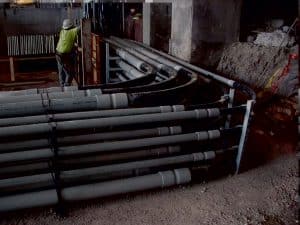
How does RTRC compare to other conduit materials?
Increased savings, easier installation, and strength to spare.
Lightweight Champion Fiberglass RTRC features the broadest range of corrosion resistance of all in-market conduit materials.
Add low burn through, the ability to retain its shape after impact or compression, and its ability to stand up to extreme conditions, and RTRC is a conduit that outperforms the competition.
Successful RTRC projects
Champion Fiberglass RTRC – conduit of choice across industries.
From utilities to wastewater treatment plants, from port authority projects to industrial/commercial construction, RTRC is increasingly the conduit of choice.
Although the reasons vary from industry to industry (increased electrical safety, a low coefficient of friction, and fast, easy installation are a few), one benefit spans industries – lower material and installation costs build savings for everyone.
